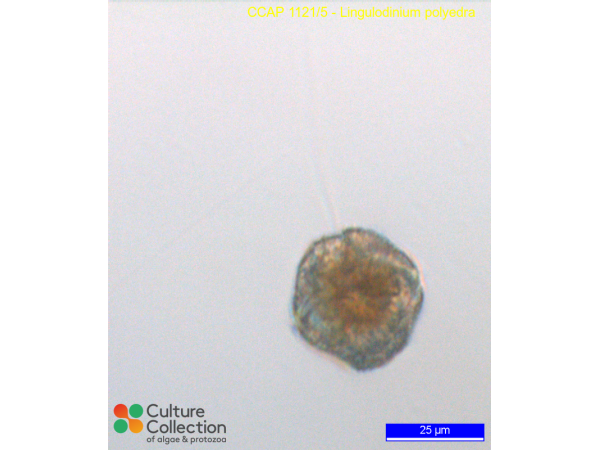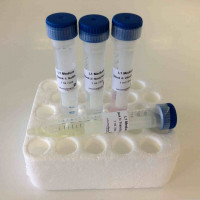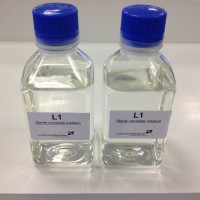Note: for strains where we have DNA barcodes we can be reasonably confident of identity, however for those not yet sequenced we rely on morphology
and the original identification, usually made by the depositor. Although CCAP makes every effort to ensure the correct taxonomic identity of strains, we cannot guarantee
that a strain is correctly identified at the species, genus or class levels. On this basis users are responsible for confirming the identity of the strain(s) they receive
from us on arrival before starting experiments.
For strain taxonomy we generally use AlgaeBase for algae and
Adl et al. (2019) for protists.
| Attributes | |
| Authority | (Stein) Dodge 1989 |
| Isolator | Frommlet (2003) |
| Collection Site | La Jolla Pier, Scripps Institute, San Diego, California, USA |
| Notes | Name changed Sep18 L. polyedrum to L. polyedra, as per Algaebase and see What's in a name? Lingulodinium polyedra the dinoflagellate formerly known as L. polyedrum and Gonyaulax polyedra. |
| Axenicity Status | Bacteria and other organisms present |
| Area | North America |
| Country | USA |
| Environment | Marine |
| GMO | No |
| Group | Dinoflagellate |
| Original Designation | JF26 |
| Strain Maintenance Sheet | SM_MarineDinoflagellates.pdf |
| Toxin Producer | Not Toxic / No Data |
| Type Culture | No |
| Taxonomy WoRMS ID | 233592 |
| Synonyms | Gonyaulax polyedra |
| Formerly Listed in CCAP as | Lingulodinium polyedrum |
CCAP 1121/5
Lingulodinium polyedra
- Product Code: CCAP 1121/5
- Availability: See Availability/Lead Times
Related Products
CCAP MAL1-C
L1 Medium
CONCENTRATED STOCKS
Non-sterile concentrated stocks to make up 5 litres of L1 medium. L1 medium is used for culturing m
CCAP MAL1-P
L1 Medium
1 LITRE PREMADE
1 litre of sterile, ready to use, L1 medium. L1 medium is used for culturing marine dinoflagellates




